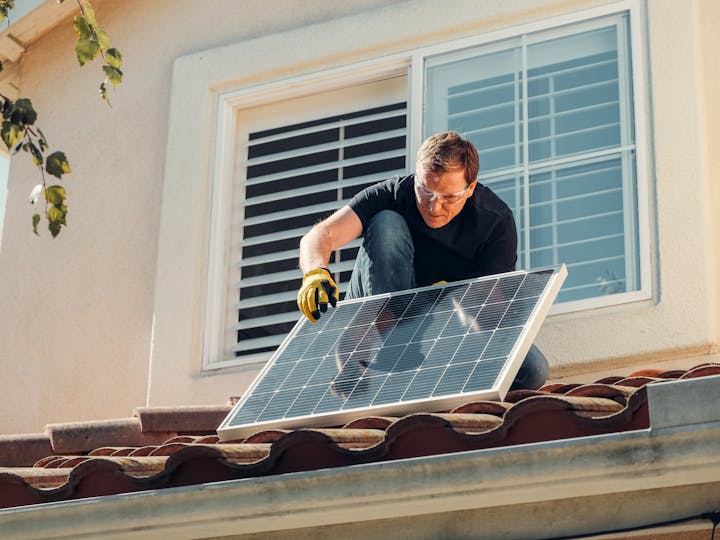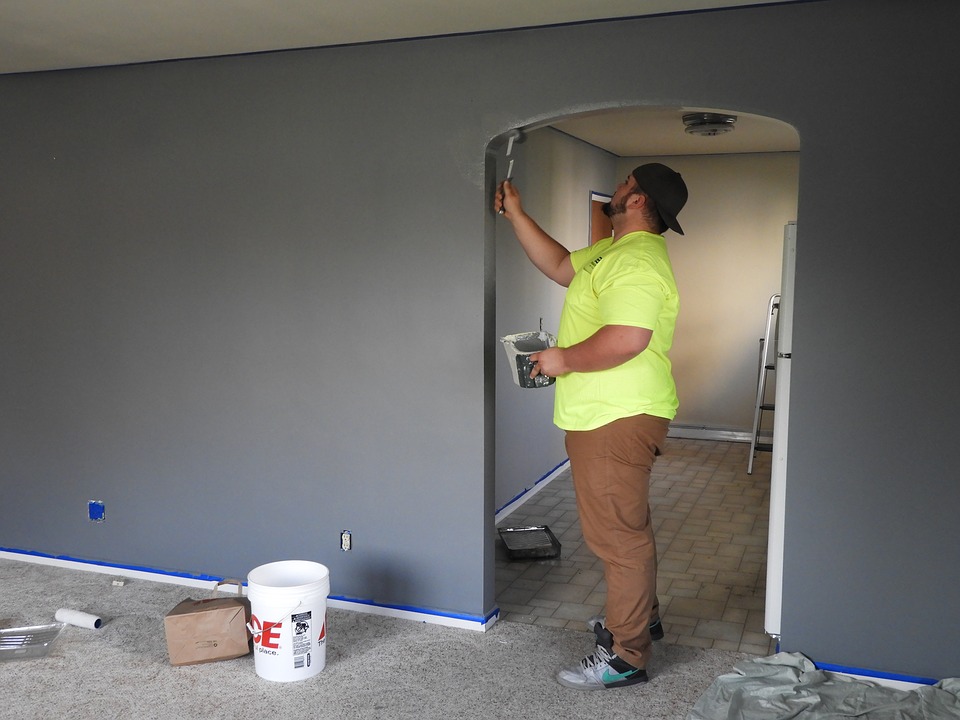Living a greener life isn’t just about turning off lights or recycling paper. It’s about rethinking the space we live in and how it impacts the planet. More homeowners today are making conscious decisions to reduce their environmental footprint and not just for the planet’s sake, but for their health, savings, and overall quality of life.
Eco-conscious upgrades aren’t exclusive to ultra-modern or luxury homes. Whether you’re renovating a historic brownstone or sprucing up a suburban home, there are practical and affordable ways to make your space more sustainable.
Let’s explore eight smart and impactful upgrades that turn your home into a more environmentally responsible place to live.
1. Invest in Solar Roofing
One of the most impactful upgrades for an eco-conscious homeowner is generating clean energy directly from the roof. Traditional solar panels have long been the go-to option, but newer innovations like solar shingles and integrated solar roofing are becoming increasingly popular. These systems blend in better with your home’s architecture while producing comparable levels of power.
If budget allows, investing in a full solar roof transforms your home into a small power plant. It cuts reliance on the grid and offers potential credits through net metering. Many states also provide tax incentives or rebates to offset upfront costs.
The key to a successful installation lies in choosing a reputable solar company. Experienced installers evaluate your roof’s angle, shading, and location to design the most efficient setup. They also handle permits, inspections, and connection to your local utility, making the process seamless.
2. Upgrade to Energy-Efficient Windows and Insulation
A home’s ability to conserve energy often starts with how well it’s sealed from the outside. Drafty windows and under-insulated walls can lead to substantial heat loss in winter and unwanted heat gain in summer. This forces heating and cooling systems to work harder, increasing both energy bills and carbon footprint. Upgrading to double- or triple-pane windows with low-E coatings improves thermal efficiency and noise insulation. These windows reduce heat transfer while letting in natural light, helping to maintain indoor comfort throughout the year.
Insulation is just as crucial. Modern materials like spray foam, cellulose, or rigid foam boards offer excellent thermal resistance and air-sealing properties. Even small upgrades, like sealing gaps around ducts, doors, and windows with weather stripping or caulk, can have a noticeable impact.
3. Smart Thermostats and Energy Monitoring
Home heating and cooling accounts for a large portion of residential energy use. Smart thermostats offer a more intelligent way to manage it. Unlike manual thermostats, these devices learn your routine and adjust temperatures automatically. You can also control them from your phone, which means you never waste energy when no one is home.
Some smart thermostats provide detailed reports showing when and how energy is being used. This allows you to make informed changes to your schedule or temperature settings. Paired with a whole-home energy monitor, you can track usage down to individual appliances or circuits.
4. Water-Saving Fixtures and Greywater Systems
Clean water is a limited resource, and daily household tasks can be surprisingly wasteful. Small changes like switching to low-flow showerheads or dual-flush toilets make a big difference over time. These fixtures are easy to install and provide the same comfort and function with less water.
For those looking to go further, greywater systems collect used water from sinks, showers, and laundry for reuse in toilets or landscaping.
5. Opt for Sustainable Flooring and Building Materials
When renovating or building, the materials you choose have a long-term impact on the environment. Sustainable flooring options like bamboo, cork, and reclaimed wood offer durable and attractive alternatives to traditional hardwood or synthetic materials.
Bamboo, for instance, grows rapidly and regenerates without replanting. Cork is harvested from the bark of trees without harming them, and it provides natural insulation and soundproofing.
Beyond flooring, look for building products that are low in volatile organic compounds (VOCs). These chemicals can release pollutants into your indoor air and contribute to long-term health problems. Choosing low-VOC paints, adhesives, sealants, and finishes improves air quality while supporting environmentally responsible manufacturing.
These choices may seem minor, but collectively, they lead to a healthier, cleaner home that reflects a genuine commitment to sustainability.
6. Install a Rainwater Harvesting System
Capturing rainwater isn’t just for rural properties or off-grid homes. Even in urban areas, installing a rainwater harvesting system can help reduce your reliance on municipal water supplies. The simplest systems involve attaching a rain barrel to your gutter downspout. When it rains, water collects in the barrel and can later be used for outdoor tasks like watering the garden, washing the car, or rinsing off tools.
More advanced systems include filters and pumps to allow for broader use, such as flushing toilets or feeding irrigation lines. These setups require more planning and may involve permitting, but they’re an excellent way to reduce water consumption, especially in regions prone to drought or water restrictions. Rainwater is naturally soft and free of chlorine, making it ideal for plants.
7. Green Landscaping with Native Plants
Your yard can be just as eco-friendly as your home. Conventional lawns often need frequent watering, fertilizing, and mowing—activities that consume resources and contribute to pollution. Replacing large patches of lawn with native plants creates a more self-sustaining outdoor space. Native species are adapted to your local climate, which means they require less water and are more resistant to pests and disease.
They also provide food and habitat for pollinators like bees, butterflies, and birds. Adding mulch around plants helps retain moisture, reduce weeds, and regulate soil temperature. Incorporating a compost bin into your landscape further reduces household waste and enriches your soil naturally.
8. Improve Indoor Air Quality
Many homes are sealed so tightly for energy efficiency that indoor air quality can suffer. Natural ventilation is one of the simplest ways to refresh your indoor environment. Strategically placed windows, vents, and ceiling fans can keep air moving and reduce the need for artificial cooling. Cross-ventilation encourages fresh air to flow through your home, clearing out humidity, pollutants, and stale odors.
Houseplants also offer an easy and aesthetically pleasing way to improve air quality. Plants like snake plant, peace lily, and pothos are known for their ability to absorb indoor toxins and produce oxygen. While they’re not a replacement for proper ventilation, they complement your efforts to create a healthier indoor environment.
Building an eco-friendly home isn’t a single project; it’s a mindset supported by smart, sustainable choices. When you align your home with your values, every corner of it starts to work not just for you or your home, but for the world around you. Sustainable upgrades are more than trends—they’re lasting changes that make your home more future-ready and environmentally responsible.



